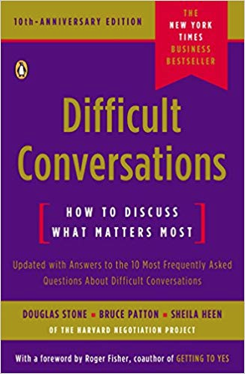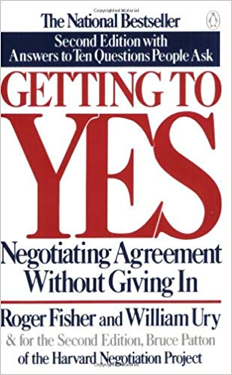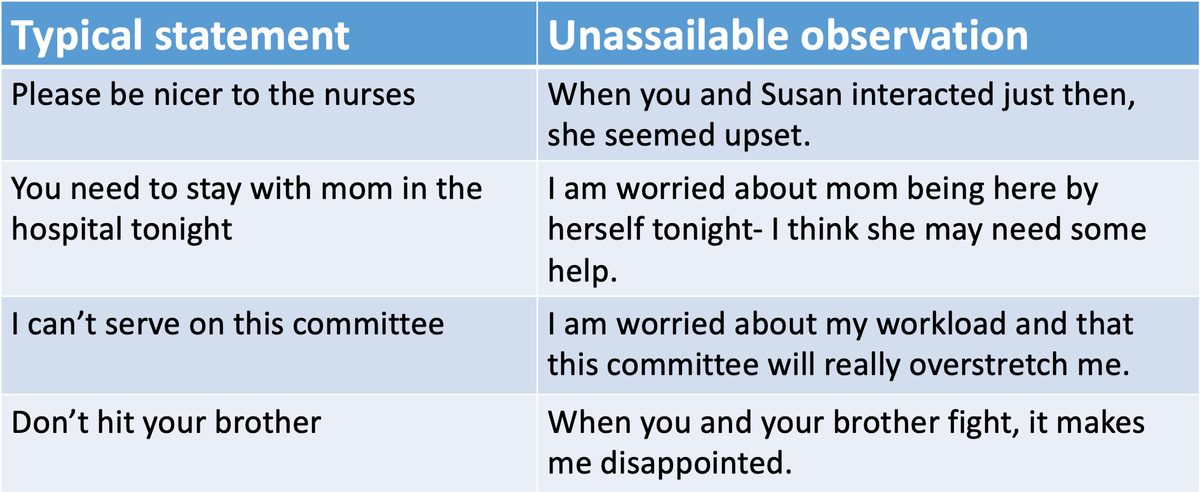The following can apply to conversations with loved ones, colleagues, patients, teenagers, and pretty much any other human.
Warning: this one is kind of long.
1/
I credit @vitaltalk for helping me notice my incompetence in these areas almost a decade ago.
2/
Like a forest fire, it is often a catalyst for new growth.
So avoiding conflict at all costs is folly and a way to lead to let things fester.
3/
1. Open with a question
2. High listen:talk ratio
3. Use permission statements to shift to providing thoughts
4. Make an unassailable observation
5. Avoid the “but”
6. Use “I worry” and “I wish”
5/
Tee up the question in your mind and don’t offer thoughts before you probe this question fully. This helps to lay bare assumptions and preferences of the other person.
THIS IS DIFFICULT.
6/
7/
Can you talk a little bit about why you think I should be the one to do the extra shift?
Can you talk about the interaction you and John just had?
I wanted to know a little more about what you were hoping I could help with on that committee.
Are you OK?
8/
You should aim to listen more than give information- THIS ALSO IS HARD.
LISTENING SLOWS PEOPLE DOWN and absorbs emotion.
9/
10/
11/
“Is it OK if I give my impression of the situation?”
“Would you be willing to hear my thoughts about the meeting?”
“Is it OK if I talk about how shifts are distributed?”
“I’m upset about that interaction- can we chat about that?”
13/
The word “but” negates everything that comes before. The other only hears what follows.
Think of how you interpret sentences that start with...
“I would love to do that, BUT…”
“I really like him, BUT…”
“I’m not racist, BUT…”
15/
This simple tactic works well.
The first big hurdle is to notice buts- as you get better at this, you will find yourself starting to trip over your sentences as you approach a but).
Try it!
16/
18/
#FocusedPractice
fin/








